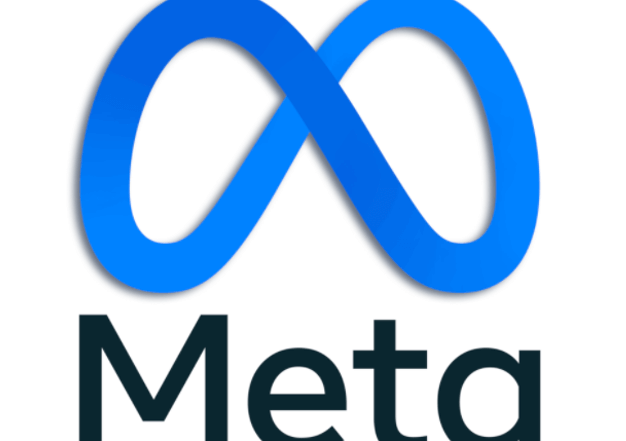
Selling Your Home Online?

A growing number of house sellers are shunning the traditional approach and marketing their properties online, saving thousands of pounds in the process.
With house prices back on the rise, and Estate Agents charging between 1.5% and 3% for selling your house, a large number of vendors are looking to sell their property themselves using a number of the new online rivals and saving themselves thousands of pounds in the process.
The prominent online providers are reporting a rising number of property listings and resulting sales as many see this is a great opportunity to maintain control and reduce costs.
For example, eMoov, which sold 520 properties worth a combined £170m in 2012, has 850 properties for sale, says founder Russell Quirk. “We will sell your property for a flat fee of £395 plus VAT,” he says, adding that eMoov saved its average customer £3,846 last year.
Meanwhile, online estate agent Hatched listed 503 new properties in the three months to mid-April, up from 306 for the same period in 2012. Director Adam Day says its fees are 85% lower than the average high-street estate agency, saving its typical customer £3,800. “We offer a number of payment options, including a flat fee of £225 upfront, with a further £225 on completion,” he says. “This means you can sell your property for just £450. We offer a similar service to a standard estate agent, including professional photos, floorplans and property descriptions, but at a fraction of the cost. Once you find a buyer, we will handle your paperwork through to completion.”
There are many pros and cons to selling your house yourself and you should research the process in great depth before you start. Many of the online providers will be able to help you with this information and there is some excellent advice on the Home Owners Alliance website which will give you much needed information.
One thing that both traditional Estate Agents and online providers will all agree on is that you will need high quality images of your property both inside and outside. Adding Aerial Images and Video only increases the quality of the image offering. When selling your house online your potential buyers will be making snap judgements about your home based on the photos and video you initially show them!
We offer you a full image package which includes Photography, Video and Aerial Images, we can even offer thermal images of the roof to show the efficiency of the insulation of your home.
Online Sites
Services We Offer
The Importance of Solar Panel Inspections in Spring
Spring and summer are peak months for solar energy production—ensure your panels are operating efficiently with a professional thermal imaging inspection. Compliance with IEC62446-3:2017 is essential for both commercial and domestic systems, helping to prevent faults, optimise performance, and maintain insurance coverage. Book your inspection today!
Facebook, Instagram and Threads Removal
Departing Facebook, Twitter, and Instagram to Uphold Ethical Principles In an era increasingly shaped by the influence of powerful social media platforms, Drone Media Imaging has made the principled decision to leave Facebook, [...]
In Thermography what is the difference between Quantitative vs Qualitative analysis
Quantitative and qualitative thermography are two essential methods in thermal imaging analysis. Quantitative thermography measures exact temperature values, while qualitative thermography focuses on pattern recognition. Both play a crucial role in building inspections, electrical fault detection, and industrial diagnostics. Understanding their differences helps professionals choose the right approach for accurate thermal assessments. Drone Media Imaging provides expert thermographic services, ensuring precise, reliable results. Contact us today for professional thermal imaging analysis.
Expert Infrared Inspections for Accurate Thermal Assessments
Need professional thermographic analysis for your project? Our certified experts use the latest infrared technology to deliver precise results. Contact Drone Media Imaging today for expert thermal imaging services.












